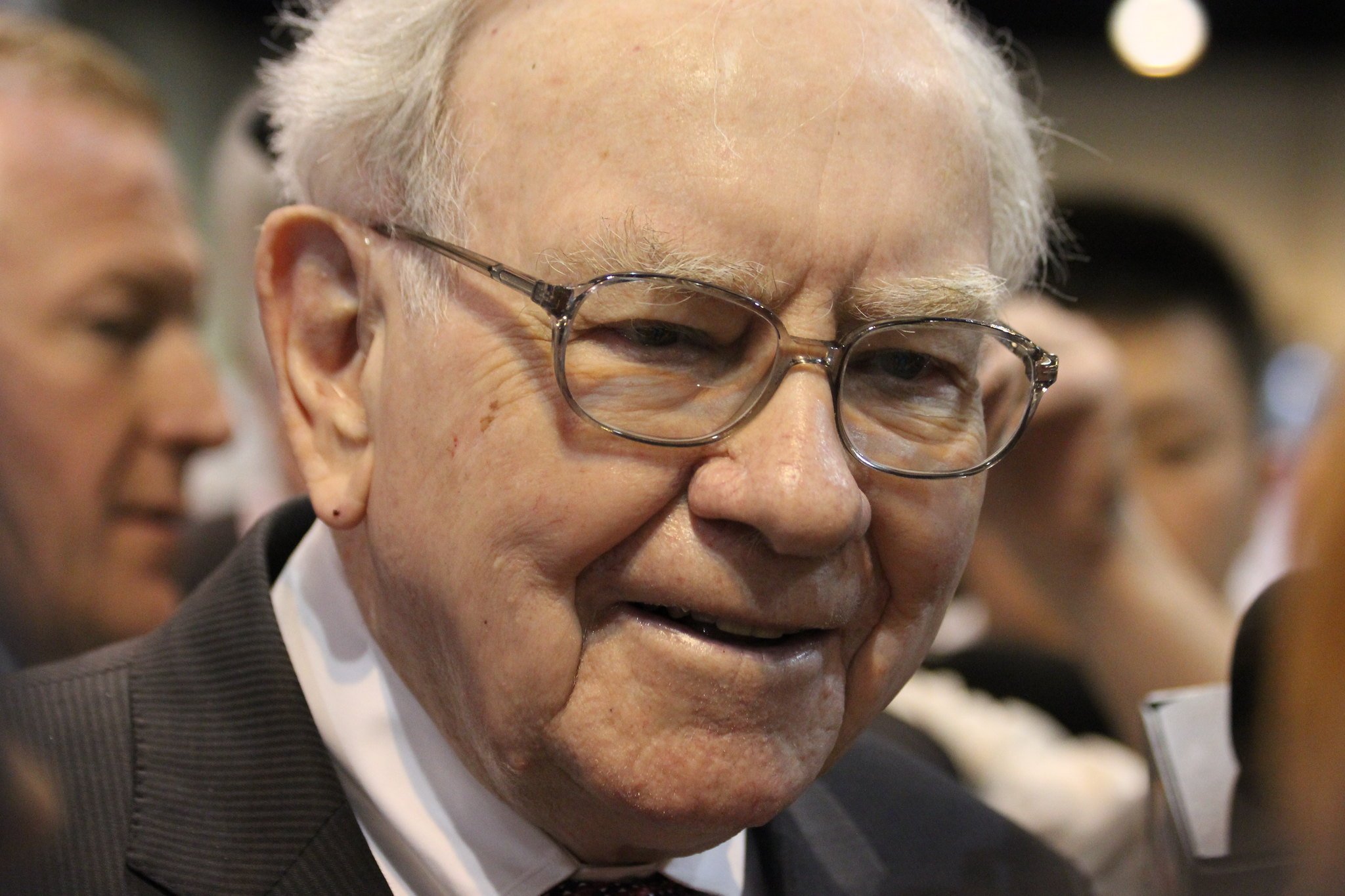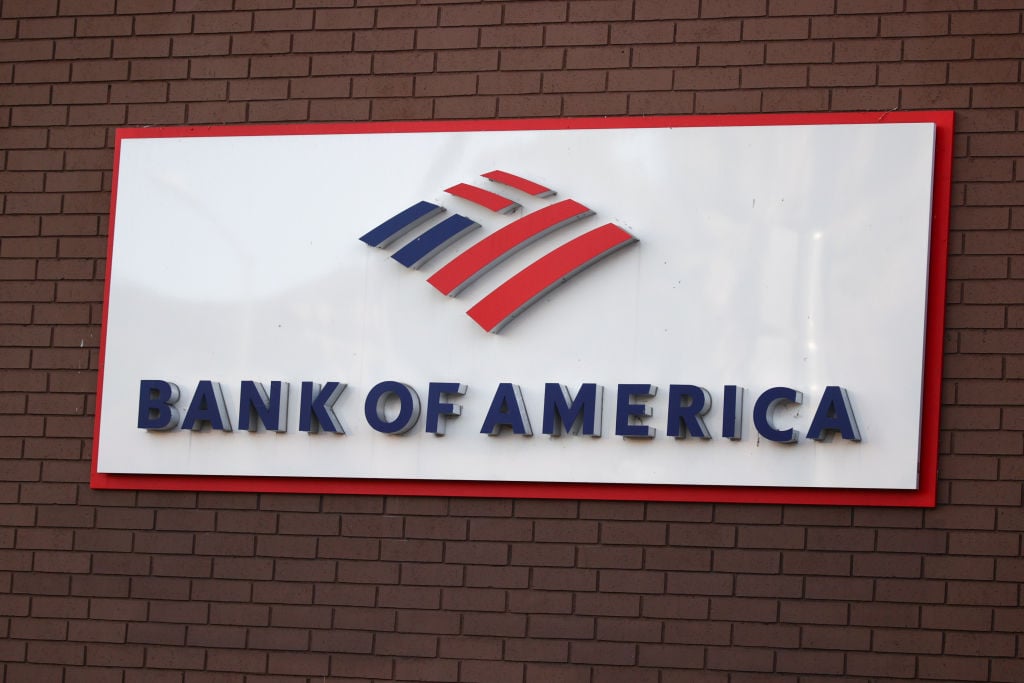In Brian Moynihan's latest letter to the shareholders of Bank of America (BAC +0.16%), which was released by the bank on Wednesday, the chairman and CEO made one thing crystal clear: Over the past decade, Bank of America's business model and strategic priorities have completely changed.
Growth for the sake of growth
In the three decades leading up to the financial crisis, the North Carolina-based bank was focused on one thing: growing for the sake of growth. It acquired regional banks, a major credit card company, a trust company, and a huge investment bank, among others, often paying a substantial premium to their market values at the time. By the late 1990s, it had become the first bank in the United States to have a coast-to-coast branch network.
This obsession with growth irrespective of cost sounds bad, and particularly in the bank industry where rapid growth often leads to an equally rapid downfall, but there was method to Bank of America's madness. Its growth came at a time when the bank industry was transforming from a highly fragmented industry, where banks were prohibited from operating across state lines, into a coherent national market. The window of opportunity to lead this charge was brief, and Bank of America stepped into the void to do so.
It was this ravenous ascent that created the Bank of America we know today. Had it not taken the initiative, it would have either been gobbled up by another bank that did or it would have been left in the dust by competitors who grasped hold of the opportunity to surge ahead of their peers at a critical inflection point for the industry.
But there was a downside to Bank of America's strategy, too. Its purchase of credit card giant MBNA in 2005 exposed it to tens of billions of dollars' worth of charge-offs three years later. And its 2008 acquisitions of Countrywide Financial and Merrill Lynch had a similar result, serving as the driving force behind Bank of America's $200 billion bill to extract itself from the financial crisis.
Setting a new course
Given that Moynihan has spent the last seven years overseeing Bank of America's costly extraction from the 2008 crisis, it should come as no surprise that he views the bank's former strategy skeptically.
Time and again throughout his tenure, the 57-year-old executive has reassured shareholders that the bank's acquisitive ways are in the past. This dates back to his interview in 2009 for the job of CEO, when he promised the board of directors that the bank would "forget all acquisitions, now and forever," as Fortune's Shawn Tully explained in a 2011 profile of Moynihan.

Bank of America Chairman and CEO Brian Moynihan. Image source: Bank of America.
Instead, Bank of America would focus on two interrelated objectives: returning capital to shareholders and chipping away at the 7 billion shares of common stock it issued during the financial crisis that so egregiously diluted shareholders and explains why its stock is still down more than 50% compared to its pre-crisis high.
As Tully wrote six years ago:
When BofA has built up a sufficient capital cushion, probably two to three years from now, Moynihan plans to return all earnings to investors in dividends or share buybacks -- we're talking about $25 billion a year, all stuffing shareholders' pockets. 'We need to get back most of the shares we issued in the crisis, that caused all the dilution,' says Moynihan.
Bank of America has made progress on this front, though not as quickly as it would like. Over the past four years, it has repurchased $12.4 billion worth of common stock, working its outstanding share count down from 11.6 billion shares at the peak to 11 billion shares today. And it would have almost certainly bought back more, if not for the Federal Reserve's veto power over big bank capital plans.
Doubling down on the new strategy
Lest there be any doubt about Moynihan's continued commitment to this strategy, he dedicated a significant portion of his shareholder letter this year to doubling down on it. He discussed the crisis-era dilution at length, the bank's efforts to offset it by buying back stock, and his desire to increase Bank of America's dividend, which has only happened twice in the past eight years.
It was after this windup that Moynihan shared four lessons the bank learned from its experience over the past decade, with the first lesson speaking to his commitment to eschew acquisitions in favor of organic growth:
First, we must grow organically. Acquisitions are not part of our strategy so we don't have to issue shares.
Second, our businesses generate more than sufficient capital to fund their growth. We have shed non-core businesses and we have everything we need to serve our clients, so we can focus on building stronger relationships with them and optimizing returns.
Third, we need to continue to reduce the number of shares outstanding. This is essential if we want our stock price to exceed the record highs we have achieved in our market capitalization and in our tangible book value per share. And, because our stock is trading at a price that is close to our book value, repurchasing shares now creates long-term value for remaining shareholders when we buy from the selling shareholders at this level.
Finally, by staying focused on these things, and executing our strategy of responsible growth, we can deliver the returns that you expect from us and continue to return excess capital to you through dividends and common stock repurchases.
To be fair, even if Bank of America wanted to go out and make acquisitions, it couldn't. Federal law prohibits a bank that holds 10% or more of the nation's deposits, as Bank of America does, from buying other banks. Moynihan discussed this in an interview last year, which you can read about here.
But even if it were cleared to make acquisitions, Moynihan's strategy is the most prudent course for the $2.2 trillion bank to pursue. The successful banks of the future will spend their money not on buying other banks but rather on technology and adapting to an evolving customer base, stuffed with a new generation of consumers with less need or appreciation for bank branches. In short, as Moynihan knows better than anyone, Bank of America's acquisitive strategy of yore is outdated.






